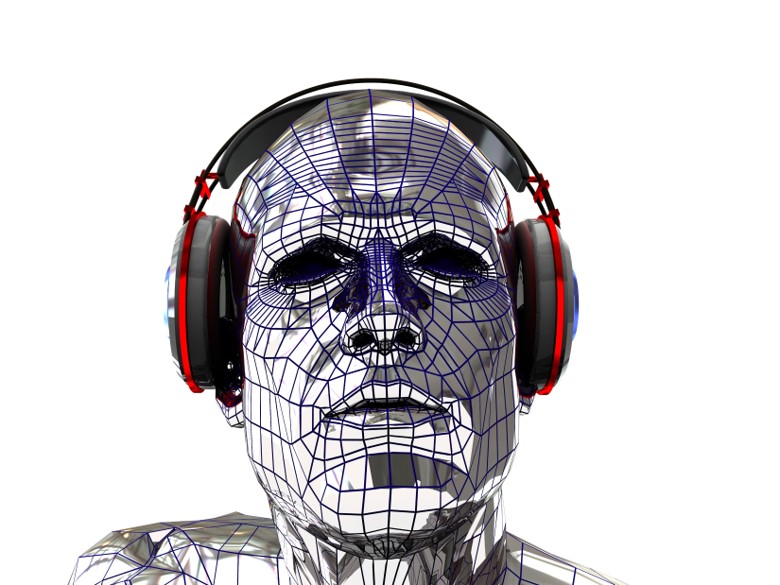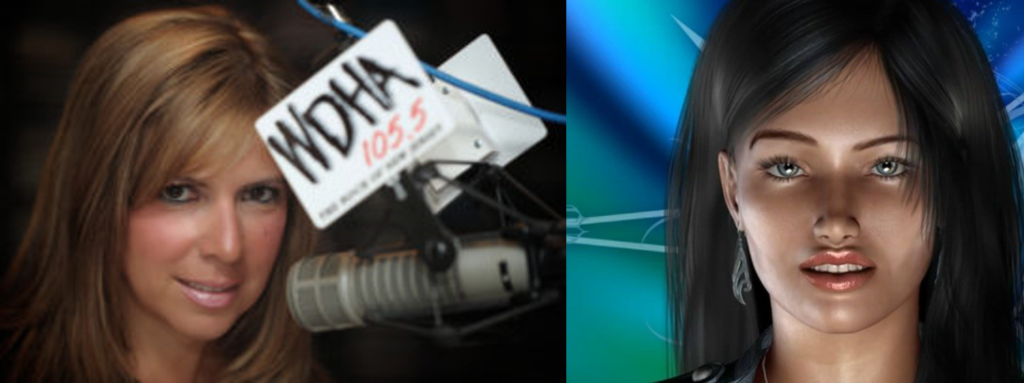
It was bound to happen.
If scientists can clone sheep, then surely they can create an artificial intelligence-powered TV news anchorman. While this may anger all those Ron Burgundy’s on TV sets around the country, using AI to program and present the news, using composite photos of actual news anchors was an inevitability. And the Chinese appear to be the first to accomplish this broadcasting feat.
For that country’s government-run news agency, Xinhua, this is a dream come true. They actually designed two AI anchormen – one for English broadcasts, and the other for Chinese speakers. The video clip below is the first very first broadcast of this debut performance of their unnamed robot anchor. So, please suspend judgement for a week or so until he overcomes those understandable opening night jitters – or glitches:
The Verge reports Xinhua is already dreaming up other “endless prospects” for this technology that can inexpensively generate news content, while saving untold yuan (their currency) on hairspray, pancake makeup, overtime, and most of all, talent coaching.
For radio, AI powered talent is nothing new. Way back in 2011, inventor Dominque Garcia unveiled “Denise,” the first text-to-speech DJ to mixed reviews. As we blogged at the time, this took voicetracking to the next level.
Dominique put together this Denise “aircheck” inclusively for our blog.
While Denise never caught on as big as Selector or Voltair, Garcia was on the cutting edge of artificial intelligence for broadcasting more than seven years ago. At the time, he came under a great deal of criticism (and was the butt of DJ jokes). He responded to my initial column with what has turned out to be a very prescient think piece about the role of the on-air personality, today and in the future. You can access it here.
For radio, a virtual DJ on the staff might come in handy for all those remotes (no talent fees!), overnights and other hard to schedule shifts, and someone to take over during station parties and events. And to my knowledge, there is no union for cyber jocks.

If you’re on the air now, and worried about the prospects of being replaced by an AI DJ, it might be smart to spend extra time working on your delivery, especially if your PD has been saying you have a stiff, mechanical, or robotic delivery. Then again, as we learned in our AQ research study of 1,100+ human DJs (at least we think they were), 40% of air talent in this country are never airchecked anyway.
It might also be a good time to ensure you’re doing everything to become what Seth Godin refers to as the station “linchpin” – willing and able to enthusiastically do whatever it takes to advance the cause of the station – that is, all the things Denise and this unnamed Chinese anchor AI cannot do…yet.
I’ll be at Radio Ink‘s Forecast this week, hanging out with the industry’s power brokers, movers and shakers, and glitterati. And if I start hearing murmurings about AI DJs, you can be sure I’ll let you know.
Dominque Garcia might want to dust off those old sales kits.
- What To Do If Your Radio Station Goes Through A Midlife Crisis - April 25, 2025
- A 2020 Lesson?It Could All Be Gone In A Flash - April 24, 2025
- How AI Can Give Radio Personalities More…PERSONALITY - April 23, 2025




So many DJs have been Voicetracking in a bland, automaton fashion for so long, many stations wouldn’t sound any different.
Paul, you’re not the first to make this observation. Sad, but true. While I’ve heard some nicely executed voictracked shows, for many, it’s an excuse to quickly record a “show” and move onto the next task. Thanks for the comment.
“Lynchpin” here. Capable of doing basically anything, includng enraging tracks from afar.
40-plus years later still working and having fun at a great AAA station.
Don’t bitch and always turn in your best work is timeless good advice.
Most definitely, Zeb. I’m all about progress and technology, but if talent does what talent does, we can assign our AI co-workers to programmatic sales where they belong.